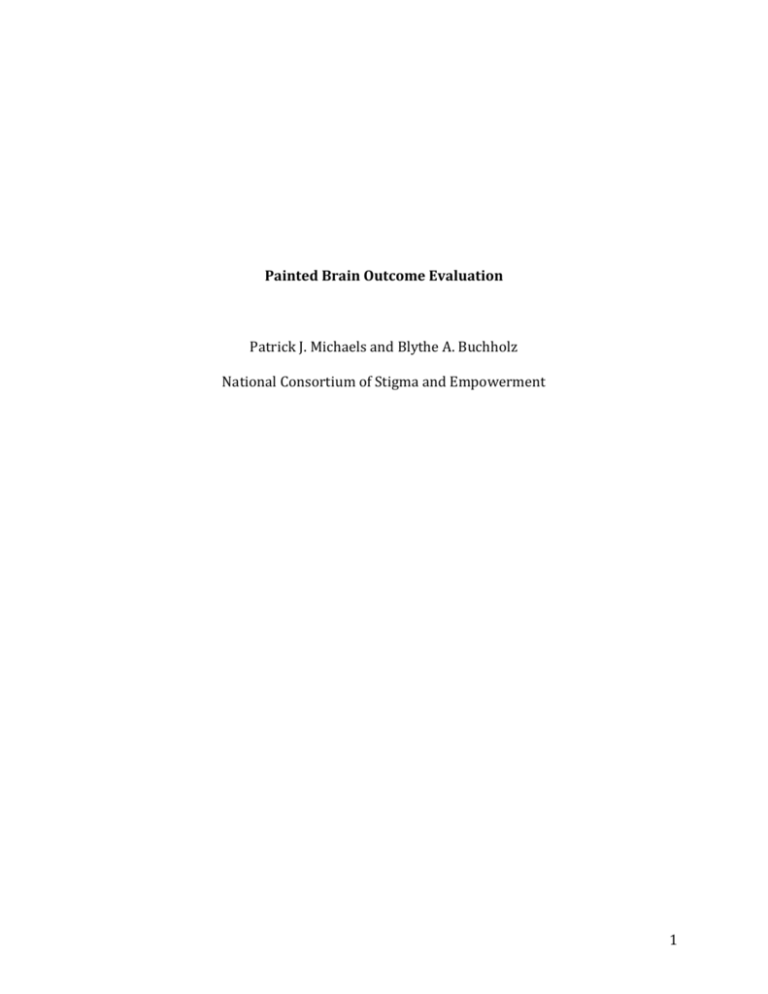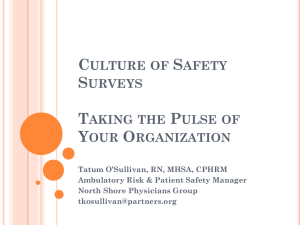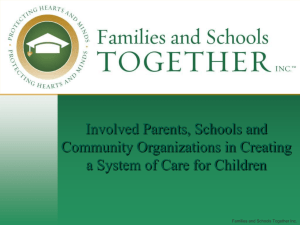Speakers Bureau Success Stories
advertisement

Painted Brain Outcome Evaluation Patrick J. Michaels and Blythe A. Buchholz National Consortium of Stigma and Empowerment 1 This study evaluated Painted Brain’s public stigma reduction program. Its impact on audience members was assessed with measures administered immediately before and after each presentation. Data was collected from five separate Painted Brain presentations facilitated on the following dates: 9/11/2013, 10/18/2013, 12/9/2013, 1/22/2014, and 3/22/2014. Demographically, participants (N = 168) were about 26 years of age (SD = 6.9) and 86.3% women. In terms of ethnicity, participants were Asian (27.4%), Caucasian (33.3%), Latino (24.4%), and other/multiple (14.9%). Regarding education, participants had completed some high school (9%), earned a high school diploma (3.8%), completed some college (5.1%), or earned a bachelor’s (55.1%) or graduate degree (26.9%). The impact of Painted Brain’s presentation was assessed by changes from pre-test to post-test outcome measures. Stigmatizing attitudes were assessed with the nine-item Attribution Questionnaire (AQ-9) to ascertain participants’ cognitive, affective, and behavioral reactions to a person with schizophrenia. An example AQ-9 item is, “How dangerous would you feel Harry is?” A second questionnaire, the three-item Recovery Scale (RS-3), assessed participants’ attitudes toward people with mental health conditions’ capabilities to overcome psychological challenges. An example RS-3 item is, “People with mental illness are hopeful about their future.” A third questionnaire, the three-item Empowerment Scale (ES-3), assessed participants’ perceptions of empowerment among people with mental illness. An example ES-3 item is, “I feel people with mental illness are persons of worth, at least on an equal basis with others.” Finally, the four-item Care Seeking Questionnaire (CS-4) assessed participants’ willingness to seek out mental health services if they were experiencing impairing anxiety and/or depression. An example CS-4 item is, “I would speak to a psychiatrist if I were significantly anxious or depressed.” Sum 2 scores were computed for each aforementioned scale. Total scores can range on each measure as follows: AQ-9 (9 to 81), RS-3 (3 to 27), ES-3 (3 to 27), and CS-4 (4 to 36). For the AQ-9, higher total scores represent greater stigmatizing attitudes; however, higher total scores on the RS-3, ES-3, and CS-4 represent more positive attitudes toward the described constructs (scores on these scales were reverse coded). Results Internal consistency evaluations were run to assess each scale’s psychometrics using pre-test data from all participants. Adequate Cronbach’s Alphas were obtained for the ES-3 ( = 0.93), AQ-9 ( = 0.80), and CS-4 ( = 0.75); analysis revealed a fair alpha value for the RS-3 ( = 0.62). These results support the reliability and validity of each outcome measure. Graph 1 summarizes means and repeated measures ANOVA results for participants who completed pre- and post-test measures. Participants demonstrated a significant reduction in stigmatizing attitudes as measured by the AQ-9 [F (1, 167) = 33.87, p < .001], improved attitudes about the ability of people with mental health conditions to recover via the RS-3 [F (1, 167) = 44.81, p < .001], in addition to improved opinions regarding their empowerment on the ES-3 [F (1, 167) = 26.39, p < .001]. Participants also demonstrated an increased willingness to seek out mental health services themselves if distressed [F (1, 167) = 16.02, p < .001]. Conclusion This study examined the immediate benefits of attending a Painted Brain stigma reduction program by administering questionnaires immediately before and after each presentation. Results revealed Painted Brain presentations successfully reduced 3 participants’ stigmatizing attitudes and increased affirming attitudes regarding empowerment over and recovery from mental health conditions. Attendees also reported a greater willingness to seek mental health services and supports if experiencing psychological challenges. 4 Graph 1. Immediate benefits conferred to participants attending Painted Brain’s presentation. 30 25 *** *** *** *** 20 Pre-Test 15 Post-Test 10 5 0 AQ-9 RS-3 ES-3 CS-4 AQ-9 = Attribution Questionnaire 9-Item; RS-3 = Recovery Scale 3-Item; Empowerment Scale 3-Item; CS-4= Care Seeking Questionnaire 4 Item. Significance levels: * = .05, ** = .01, *** = .001 5








